Every year I hope that January won't be dreary; and every year it is. This year it's not so much the garden itself as a persistent cold and gray weather. But in the little time I can manage to get out in the garden these days--I should be working full steam at pruning and cleanup, but my cold doesn't allow that--I do have time to look around and think about what's happening.
The shade garden is pleasant in winter. This is one of the areas we've been working on longest, so it has some mature plants, and it's the only part of the garden that has some shade; it's relatively moist; and the trees keep down the grass that makes such a mess of the big garden this time of year. The 6" yews we planted here back in 2003 or 2004 now form an impressive two meter tall sheared wall. There's a planting of Oregon grape (Mahonia aquifolium) that I put in before I had Dirr's Manual of Woody Plants--my bible--to tell me that they need moist acid soil. If I had read that very likely I wouldn't have stuck them in dry alkaline soil in shade and then not watered them. They love their spot. They grow and flower and fruit vigorously and are handsome in every season, and I appreciate them as I didn't in Olympia, where they were overplanted and often neglected and full of weeds. They do well in full sun here, too (again contrary to what I read in Dirr), and color rich wine red and purple in the winter. And they make seedlings that I can transplant.
Most broadleaf evergreens struggle in the sun and compact clay of the big garden, but the shade garden is where they thrive. And I adore the look of glossy evergreen foliage against bare stems and dead leaves on the ground. I'm thinking about more mahonias, including the big hybrids, but everything I can get, basically; and about places to put box, which is a plant I adore. Also sarcococca--sweet box--thrives here. This is a box relative with pointed glossy leaves, a bit like a camellia's, with a graceful mounding habit, big enough as a plant to make its presence felt, but small enough so that you can fit it into a lot of places. It needs mild temperatures, does fine in alkaline clay soil, and is drought tolerant. Also many kinds flower in winter and many are fragrant. In a word, it's perfect for our garden.
I go crazy for evergreen foliage in the winter because it's absent in the native flora (with the exception of ivy and vinca), and there's nothing more inspiring on a gray winter's day.
The shade garden doesn't have a single flower this time of year, but it does offer evergreen foliage, mature shrubs, and structure in the form of hedges, steps, and pergolas. Also there are the pyracantha fruits in a mixed hedge of pyracantha and box, and the hips on 'Louise Odier', which are large, oval, orange with black persistent sepals, and quite ornamental.
There are a surprising number of roses in the shade garden, and a few that are absolutely happy and wonderful. I must have the most beautiful plant of 'Francesca' in the world. 'Francesca' is one of the Pemberton musks, not perhaps one of the best known, a typically lax shrub with a lot of Tea character to the pale buff-yellow blooms. My grafted plant, that went into the garden around 2004, is on an east-south-facing slope with a pyracantha hedge above and behind it, and Japanese honeysuckle growing through the pyracantha. Various trees are nearby, and I'm always afraid, as in all the shade garden, that the trees are going to get out of hand and shade out those plants that need sun. I cut back the pyracantha diligently. Anyway, this rather rocky, shady, damp site appears to offer the perfect counterbalance to our hot, dry, sunny summers, and all the Hybrid Musks I have collected in this corner love it. 'Francesca' sends out long vigorous canes and leafs out richly, with the smooth dark elegant growth that characterizes so many of the Pemberton clan. I went out yesterday to give it its winter pruning, but it was so healthy, so full of fresh young growth, that I was unable to harden my heart and whack it back. The weather forecast is talking about snow, rain, fog, and freezing temperatures for the next two weeks, and that ought to dampen its ardor. But oh it is lovely now.
I'm going on about 'Francesca' because it's an example of the difference between a rose that's just doing okay and a rose that is fulfilling its potential. With my cursory maintenance I have a lot of roses that don't come close to being what they can be in optimum conditions, so when I do have a plant that is obviously thriving, I take notice. A lot of it is chance: whether I hit on the perfect conditions for that particular variety. 'Treasure Trove', growing not far from 'Francesca', was rather casually stuck at the base of a mature black locust in the hopes it would climb up it. Several years later it is now twenty-five or thirty feet up the tree and massively happy. Right rose, right place; a good portion of luck. And time makes a difference. Back in 2004 I stuck a grafted plant of 'Robert le Diable' in a dank spot at the base of a largeish willow tree and left it to struggle on its own. Two or three years ago it really took hold, began suckering about, and is now a handsome clump that blooms richly with violet-brown-slate-tinted blooms. Like 'Centifolia' nearby, it blooms late, I don't know whether because of the cool shady site or because that's the nature of the plant; and the flowering lasts well. These two roses come after the worst of the rose beetle plague is past, and when most of the roses are done, and so I particularly appreciate them.
Final note: most of my Officinalis peonies live in the shade garden, and I spend a good deal of time mooning over the just-visible buds this time of year. They appear to take kindly to the treed environment, possibly because they leaf out and bloom a little earlier than the Lactiflora types. There are a number of herbaceous peony species that are native to the Mediterranean area, and quite a few named varieties of P. officinalis, which I've gotten fond of in the last few years. Tree peonies also like the shade garden. There's one plant with cherry red blooms that every year, when it flowers in front of a yellow-variegated Japanese euonymus, I tell myself I ABSOLUTELY must move it; and every year I don't.
Melissa
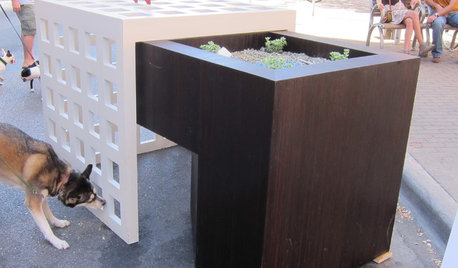
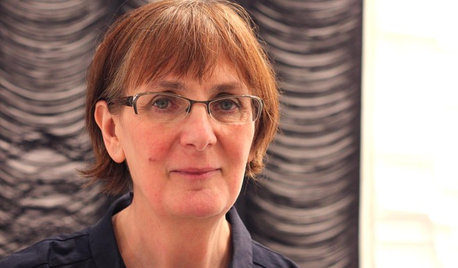
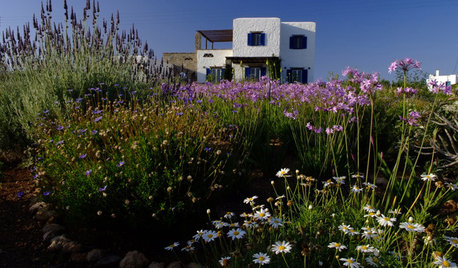

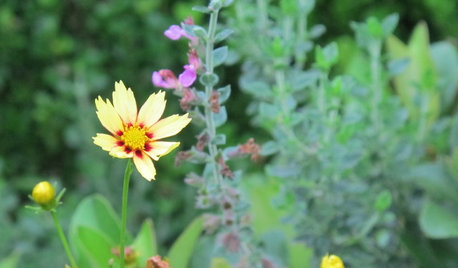
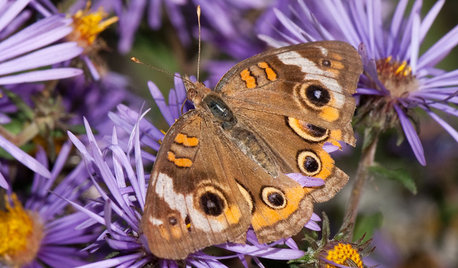
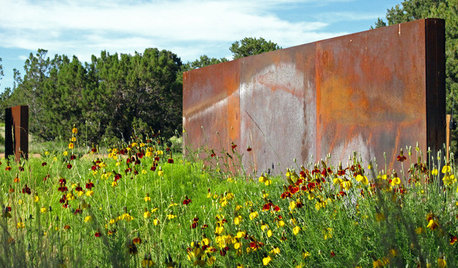
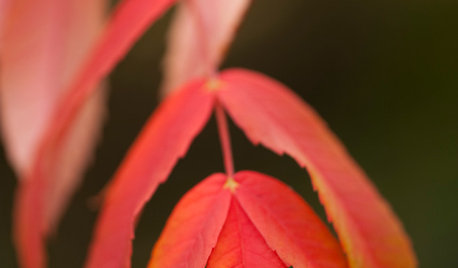
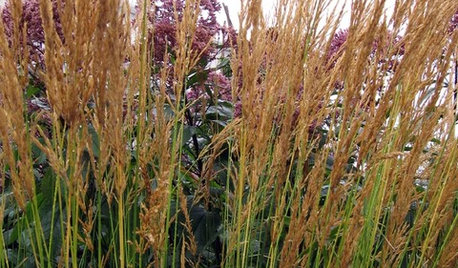
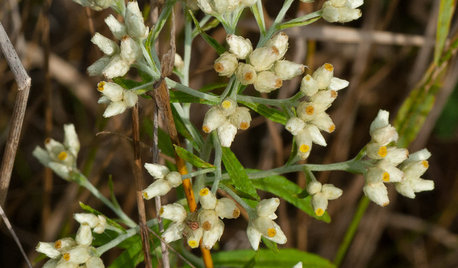




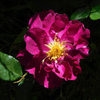
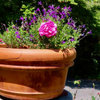
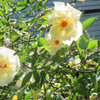
catsrose
jacqueline9CA
Related Discussions
Jail for gardening - some reports say orgainic gardening
Q
Globalized Gardening Reported As a World Trend
Q
Dogwoods: Ivory Halo and Midwinter Fire
Q
New Calycanthus trial report from Chicago Botanic Gardens
Q
sandandsun
bluegirl_gw
jeannie2009
annesfbay
melissa_thefarmOriginal Author
rosefolly
sandandsun
cath41
User
mendocino_rose
melissa_thefarmOriginal Author